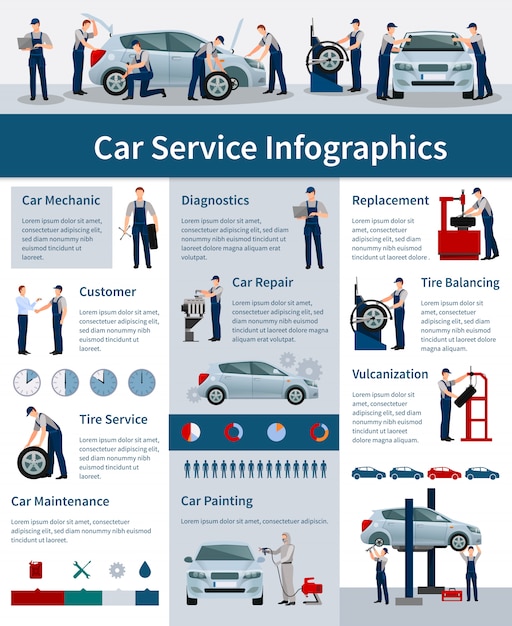Translating The Relevance Of Your Vehicle'S Warning Indicators
Translating The Relevance Of Your Vehicle'S Warning Indicators
Blog Article
Content Writer-Johannsen Gross
When you're behind the wheel, those beautiful caution lights on your control panel can be a bit difficult. Do you know what they're trying to tell you about your vehicle's health and wellness? Understanding the significance of these lights is vital for your security and the long life of your vehicle. So, the next time one of those lights pops up, would not you want to decipher its message accurately and take the necessary steps to resolve it?
Common Caution Lighting and Interpretations
Identify usual warning lights in your auto and understand their definitions to ensure secure driving.
One of the most common warning lights include the check engine light, which signals issues with the engine or discharges system. If this light begins, it's important to have your lorry checked promptly.
The oil pressure cautioning light suggests reduced oil stress, calling for prompt interest to prevent engine damages.
A flashing battery light may suggest a defective billing system, potentially leaving you stranded otherwise attended to.
The tire stress surveillance system (TPMS) light signals you to low tire stress, affecting car security and fuel performance. Ignoring this might cause harmful driving problems.
The abdominal muscle light suggests a problem with the anti-lock stopping system, jeopardizing your capacity to stop promptly in emergencies.
Finally, the coolant temperature alerting light warns of engine getting too hot, which can cause extreme damage otherwise settled quickly.
Recognizing these common warning lights will certainly aid you deal with problems promptly and maintain secure driving problems.
Significance of Prompt Attention
Recognizing the usual caution lights in your cars and truck is just the initial step; the value of without delay dealing with these cautions can't be stressed enough to ensure your safety and security when driving.
When https://www.prnewswire.com/news-releases/next-insurance-now-covers-auto-services--repair-industry-as-company-continues-to-expand-support-for-small-businesses-301473579.html illuminates on your control panel, it's your cars and truck's means of interacting a possible concern that requires attention. Neglecting https://shanemhcwr.newsbloger.com/28212494/introducing-the-tricks-of-auto-fixing-shops-a-must-know-overview can result in extra severe problems later on, compromising your safety and potentially costing you a lot more out of commission.
Trigger interest to advising lights can protect against failures and mishaps. For instance, a blinking check engine light could suggest a misfire that, if left ignored, could trigger damage to the catalytic converter. Resolving how much does it cost to repair ac in car without delay can conserve you from an expensive repair.
Likewise, a brake system alerting light may signify reduced brake fluid or worn brake pads, important components for your security when driving.
Do It Yourself Troubleshooting Tips
If you observe a warning light on your dashboard, there are a few do it yourself fixing ideas you can attempt prior to looking for professional aid.
The very first step is to consult your cars and truck's guidebook to recognize what the specific warning light suggests. Sometimes the problem can be as simple as a loosened gas cap setting off the check engine light. Tightening up the gas cap might fix the trouble.
An additional common problem is a low battery, which can cause different warning lights. Inspecting the battery links for rust and ensuring they're protected might fix the problem.
If https://what-is-ecu-tuning39406.blogoxo.com/27816451/attain-mastery-in-the-art-of-altering-your-auto-s-oil-effortlessly-and-simultaneously-decrease-costs-by-complying-with-the-in-depth-instructions-supplied-in-this-detailed-guide continues, you can attempt resetting it by separating the car's battery for a few minutes and afterwards reconnecting it. Furthermore, inspecting your lorry's liquid degrees, such as oil, coolant, and brake fluid, can assist troubleshoot warning lights related to these systems.
Conclusion
In conclusion, recognizing your vehicle's warning lights is necessary for maintaining your car running smoothly and securely. By without delay attending to these signals and understanding what they indicate, you can avoid expensive fixings and prospective failures.
Remember to consult your cars and truck's guidebook for specific information on each alerting light and do something about it appropriately to make sure a trouble-free driving experience.
Keep educated, stay safe on the road!
